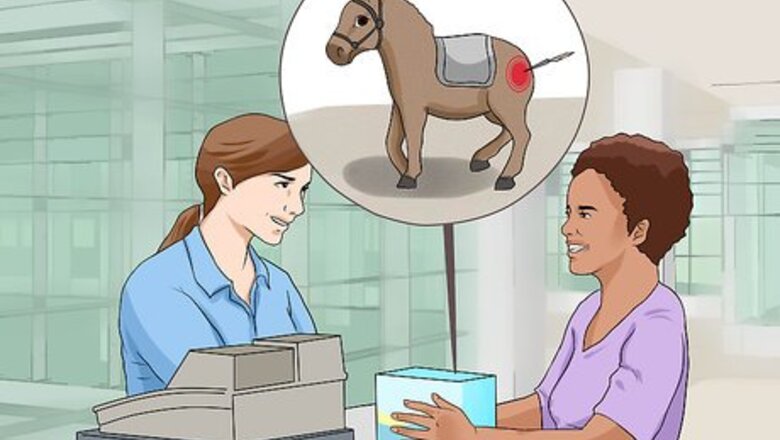
views
Organizing Materials
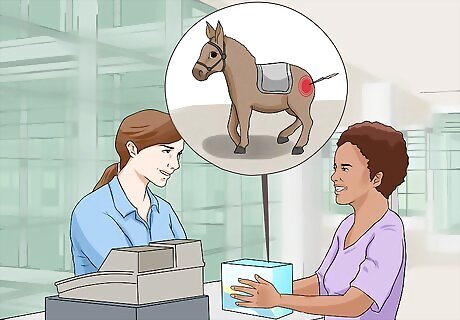
Buy a Pin the Tail on the Donkey kit. Pinning game kits are available for purchase in retail stores - specifically those that specialize in party materials. The upside to buying a kit is that it may be more convenient and save time. Purchasing a full game kit, however, may also be more expensive and less personal than making one yourself.

Make your own donkey. For a cheaper option, hand draw a donkey on poster board. You may also consider printing your image from a computer. Make the donkey at least 12 inches wide and 18 inches tall. Standard kit sizes average 18-24 inches x 24-30 inches.

Have the kids be creators. Use game preparation as a party activity. Allow the children to draw or decorate a group donkey. Art activities help keep children engaged and entertained. Being the creators of the donkey makes it entirely "their game." Drawing the donkey together may allow for bonding and insight into worldly perceptions and imagination.
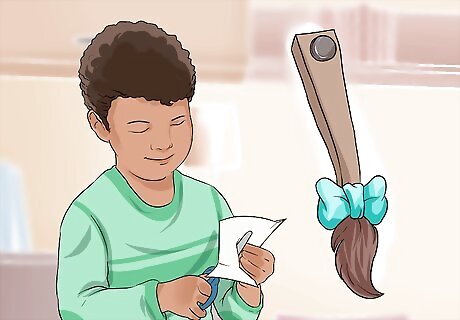
Personalize donkey tails. Have each player make and decorate his or her own donkey tail. Use a variety of materials, such as string, paper, and ribbon. Get creative by adding beads or glitter as personal decoration. Write each player's name or initials somewhere on the tail. If labeling is not possible, make sure that the tails are unique enough to know who placed each one. Push a pin through or attach adhesive tape to one end of the tail for pinning.

Mount the donkey image on a vertical surface, such as a wall. Place the image at an appropriate height for all participants. Choose mounting equipment based on donkey durability and personal preference. Options include adhesive tape or putty, tacks, and push pins. Note that sharp tacks and pins may hold better but are more dangerous and will leave small holes.
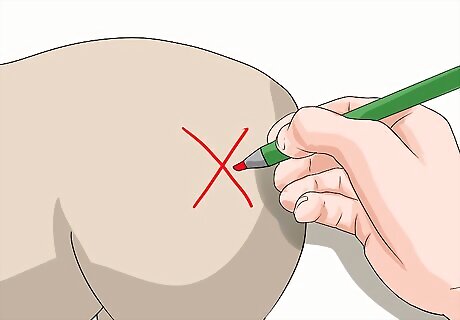
Mark your donkey. Draw an “X” on the picture where the tail would normally be placed, as a reference point for determining a "winner."
Playing the Game

Blindfold the first player. Use a dark colored cloth to thoroughly cover the participant’s eyes and prevent cheating. A colored bandanna works well.
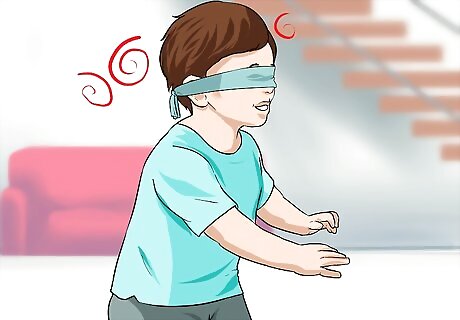
Spin the blindfolded player. The player is spun in a stationary circle five to ten times. Slight disorientation adds humor and difficulty to the game. Spin the player an appropriate number of times for his or her age. You may consider not spinning young children. The objective is minor disorientation, not excessive dizziness.
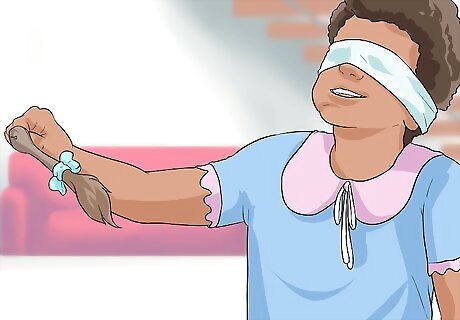
Let the player pin a tail. Hand the blindfolded player a tail and allow him or her to attempt sticking or pinning it over the "X" on the donkey's rear end. Help the blindfolded player to face the image of the donkey before beginning to walk forward. Consider leading smaller children to the donkey, to avoid potential injury.
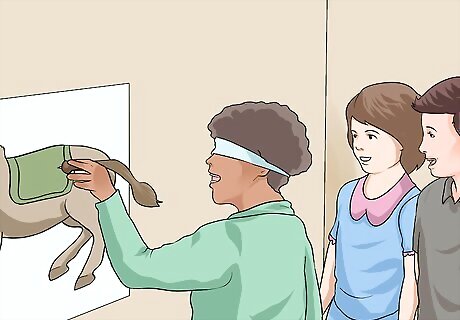
Allow everyone to have a turn. The remaining players are blindfolded, spun, and allowed to pin a tail, one-by-one. Leave all of the donkey tails pinned to the location they have been placed, until every player has had a turn. Use a pen or pencil to write player initials at each tail placement, as they are pinned. Initialing is only necessary if the players’ names or uniquely identifying decorations are not already on their tails.
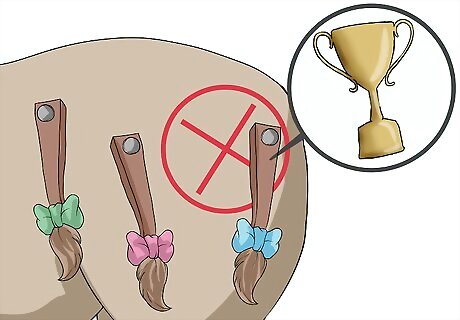
Determine which tail is "best placed." The "winner" is the player whose tail is closest to the marked "X." Remind young children that the game is about having fun, stumbling around, and being silly. It is not about winning or losing.
Varying your Experience
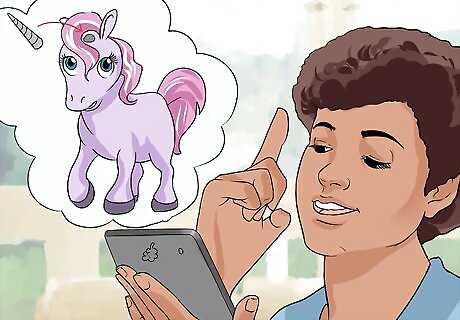
Create a new version of the game. Pin the Tail on the Donkey is adaptable to fit the theme of virtually any birthday party or social gathering. Search online to find examples of different pinning games, or create your own. Play “Pin the Horn on the Unicorn” or “Pin the Eye on the Muno” (a monster character). Do not feel restricted to using the generic donkey.

Make it a learning experience. Note the importance of “hitting the mark," of precision, and of trial and error in daily living. If a child is struggling to make accurate placement, encourage him or her. You might say, "It can be difficult to get it right every time, but that is what practice is for. You keep getting better and better." Or, "It is just like in life: you practice to be good at this game, and I practice to be good at my job. We want to "hit that mark" so that we can be successful."
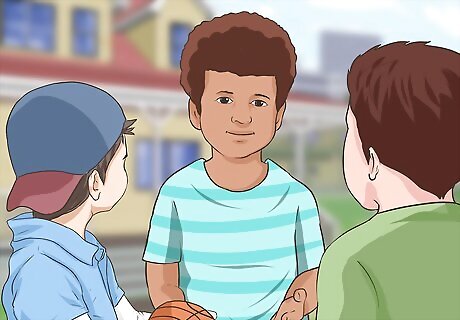
Encourage team building. Ask the children how they might work together to help make better placements. If every player missed the mark you might suggest trying again but working together. Ask if it might be helpful to say "no" or "cold" when the pinner is off the mark, and "warm" when the pinner is close to the mark.

















Comments
0 comment